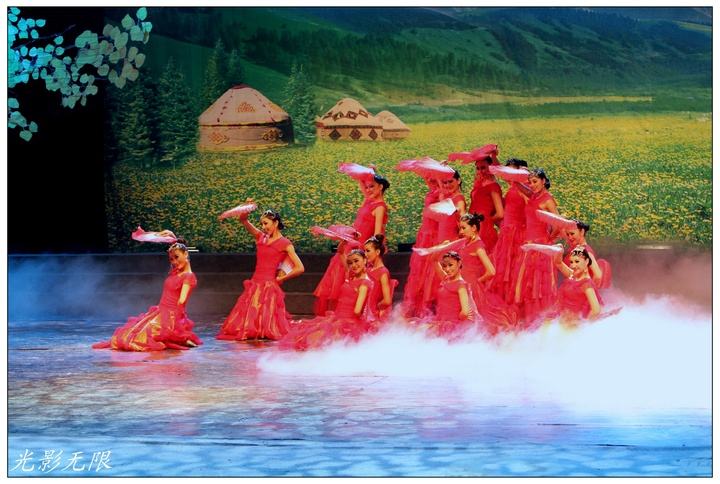Splendid Ethnic Culture
3 min readThe culture and arts of different ethnic groups in Xinjiang have a long history and unique styles. After the founding of the People’s Republic, governments at various levels have provided favorable conditions for the development of ethnic cultures, and cultural agencies have put in a great deal of human and material resources to extensively collect and sort out the classic and oral folk literature of different ethnic groups as well as their folk music, songs and dances. As a result, past glory is restored to the traditional cultures of various ethnic groups, and they are becoming increasingly vibrant. Some renowned literary and art works, such as Kutadgu Bilig, The Turkic Lexicon and Twelve Muqam of the Uygurs, Janger of the Mongols, Manas of the Kirgiz and King Gesar of the Tibetans, have been collected, sorted out and then published or adapted for stage performance, thusspreading to more places.A number of professional art troupes and art research and creation institutions are set up, and various ethnic groups such as Uygur, Kazakh, Kirgiz, Mongol, Ta jik, Xibe and Hui all have their own professional art troupes. In 1958, the first art school was opened in Xin jiang, which is now Xin jiang Art Academy and has trained many excellent artists. Xinjiang’s song and dance troupes have put on show across China and in many countries and regions in the world. These troupes are very well received wherever they go and have brought the ethnic culture of Xin jiang to the world. Traditional sports of various ethnic groups are now radiating with splendor once again. From 1985 to 2004, Xin jiang successfully held 5 games on minority traditional sports and rediscovered over 200 minority traditional sport items, thus bringing back to life some traditional sports that had been popular among the people but suspended for years. With the protection and support of the government, Darwaz(Uygur tightrope walking at high altitude) has transformed from the past folk acrobatic show to a high level acrobatic art. Adil Oshir,a young acrobat, broke Guinness world records for five times in 1997,2000,2001 and 2002 and attracted worldwide attention The business of broadcasting, television and publishing are developing rapidly. In 1996, Xinjiang completed its satellite ground station, which was of the largest scale and transmitted the biggest number of languages among all provinces and regions in China.

Chinese-, Uygur-and Kazakh-language TV programmes are transmitted simultaneously through the satellites. By 2012, the coverage rate of radio and TV in Xinjiang reached95.34% and 95.62% respectively, basically making every single village accessible to radio and TV, which tremendously enriches the cultural life of people of all ethnic groups. Between 1952 and 2012, books published in Xin jiang rocketed from 166 types to 13,520, journalsfrom 8to 208, newspapers from 4 to 98, public libraries from 1 to 102, and museums from zero to 73. In various means of mass media and publishing industry, minority languages are widely used, which has enabled people of all ethnic groups to enjoy the achievements of modern cultural development.

Xinjiang has its own Committee on the Work Concerning Minority Written and Spoken Languages and research institutes on minority languages to conduct scientific research on the written and spoken languages of different ethnic groups. The faculty/department of Minority Language is set up in some institutions of higher learning, and a number of people are trained for minority language teaching, research and translation. Breakthrough has been made in the standardization and computerized processing of minority languages, which has enriched and developed those languages.









